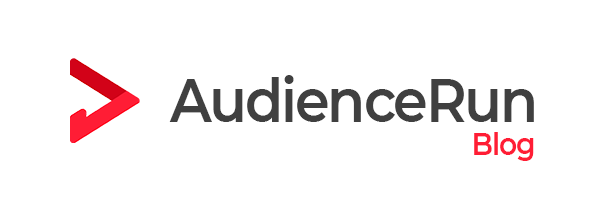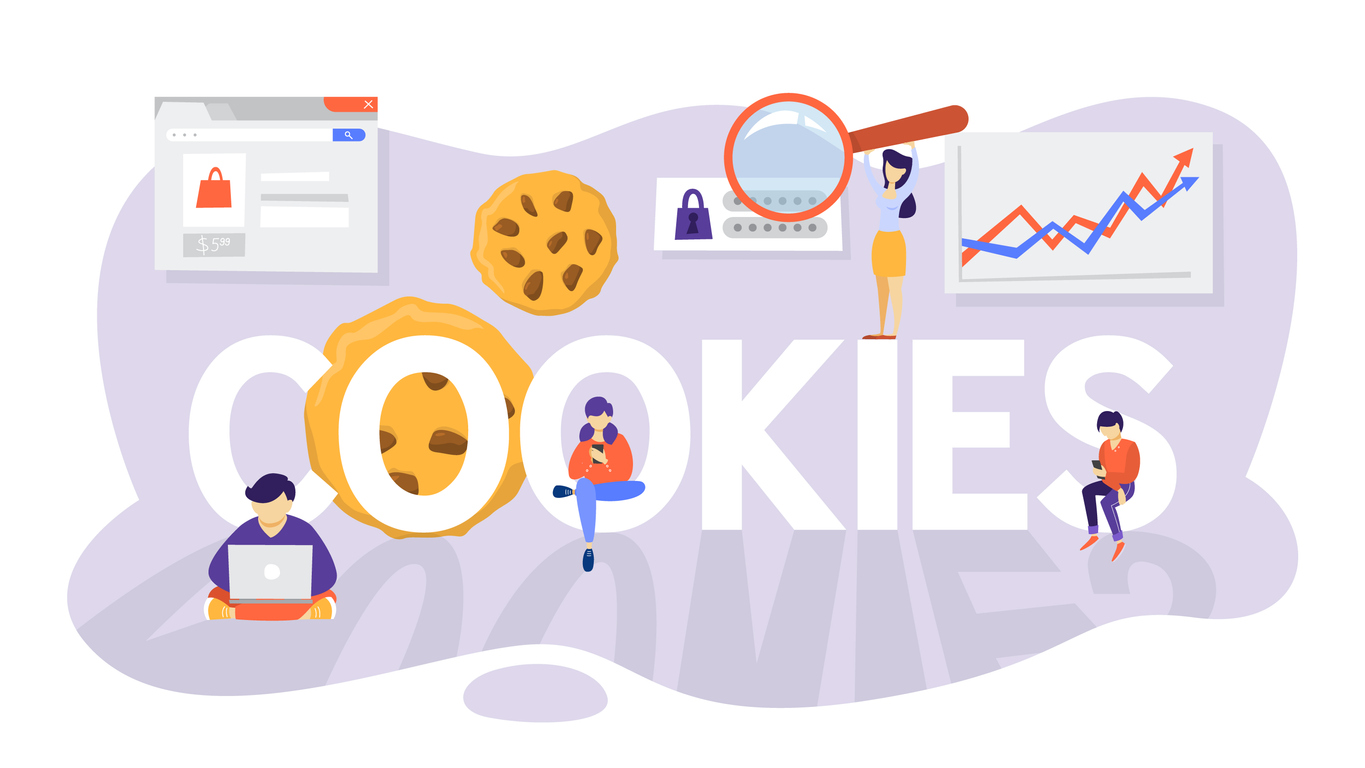With Google Privacy Sandbox well on its way to replace third party cookies, along with California and Europe leading the way for stricter privacy laws to protect user’s personal data, publishers and advertisers are looking for effective ways to execute targeting advertising. The advertising world is already ready to begin a post third-party cookie world, by accepting and building on the targeting that was successful in the past. There’s no question that contextual targeting is making a comeback, the question is how has it changed over the past few years and why should you increase your attention to it?
Our ability to build machines that learn the context of articles, and communicate that to advertisers has prepared us for this new age. In the past, contextual targeting only went as far as knowing the general topic of a site, maybe a keyword or two. Now, we can effectively collect contextual information from images, keywords, and context that can be passed over to advertisers. In a recent roundtable hosted by The Drum Studios with US media leaders, Deloitte Heat’s Head of Media Strategy and Adtech, Jocelyn Lee, was quoted “There’s a lot of things that are happening in our marketplace with technology, with conversations, with data practicing laws, and it’s really pushing contextual into a whole different place from when it came out a few years ago.”
Understanding contextual targeting is a dependable way to move away from audience targeting, how then can both publishers and advertisers benefit from it? For publishers, the contextual advertising market worldwide is projected to grow by $279. 2 billion according to Reportlinker’s Global Contextual Advertising Industry report. That’s 44% of the expected audience targeting spend in the same period. And for advertisers, a survey that was part of the same report discovered that 44% of the UK and US leaders surveyed gave contextual targeting a confidence rating over 80% for increasing relevance in their advertising strategy.
With the benefits of relevance for advertisers, which directly correlates with increased spend into publisher’s inventory, it’s clear to say technologies that can accurately and effectively target by context will continue to grow in demand. Solutions like AudienceRun have been proactive in this contextual expansion by building the necessary machine learning tools to provide value to publishers as well as advertisers. What does it mean for publishers? Higher valued advertisement on your page, and relevant advertising to your users. For advertisers it may be even more clear. The ability to effectively place your ad spend in relevant content without breaking any new privacy protections are key.
Focusing targeting on the content and not the user is a safe way to build for the future.




